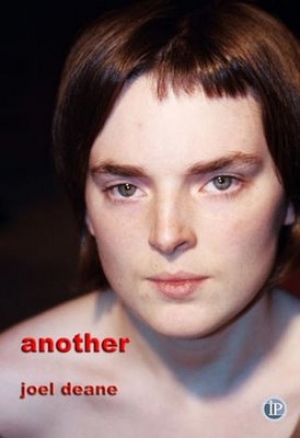Maria Takolander
I’ve had disturbing encounters with literature and film before: Reinaldo Arenas’s The Color of Summer (2000) and Stanley Kubrick’s A Clockwork Orange (1971). Their unsettling nature lies in the ways in which they link sex and violence, and show their hooks in the political body and the (masculine) soul. Against oppressive régimes (whether socialist or capitalist), these texts engage in ambiguous defences of instincts that aren’t much prettier than the systems against which their anti-heroes rail.
... (read more)2005 ABR Poetry Prize Shortlist
Ventriloquist’s Dummy
Jennifer Harrison
I
I can’t tell where I’m going
but shall I memorise the shape of streets
the slope of bridges, the vertigo?
today I’m carried somewhere new –
I’m lost, in pieces, and I rattle
Maria Takolander reviews ‘Another’ by Joel Deane and ‘After Moonlight’ by Merle Thornton
These first novels by Joel Deane, the Victorian premier’s speechwriter, and Merle Thornton, a former academic who famously chained herself to a male-only bar in Brisbane, focus on radically different social groups. Deane’s Another is about two unemployed adolescents living in an outer Melbourne suburb bypassed by a freeway where the local McDonalds is the town’s nucleus. In After Moonlight, Thornton presents a bookstore-browsing, duck-eating, macchiato-sipping, Carltonish academic. (The novel is replete with such portmanteaux.) That both novels are set in the same city is a shock. Another commonality, more poignant, is a concern with the personal and the enduring effects of tragic pasts.
... (read more)Martin Duwell reviews ‘Avenues & Runways’ by Aidan Coleman, ‘Throwing Stones at the Sun’ by Cameron Lowe, and ‘Narcissism’ by Maria Takolander
Each of these three books is its author’s first, and each carries a cover endorsement by two distinguished poets. You can tell a lot about the books from looking at who endorses whom before you need even to read one of the poems.
The rear cover of Aidan Coleman’s Avenues & Runways (endorsements by Kevin Hart and Peter Goldsworthy) describes him as an imagist. Whatever the exact significance of that term, there is no doubt that this poetry belongs to the class that has slight outward show and rich implications. And the pleasure of reading them is the shuttling between the two. There are at least two important requirements here: the surface has to be elegant and engaging without being slovenly or cute (ah, if you only knew what treasures I conceal!); implications must be intense and never clichéd.
... (read more)(for David)
je ne sais quoi
but it is written in the sound of this melange
of consonants and vowels that a blind
old impressionist defeats Duchamp



